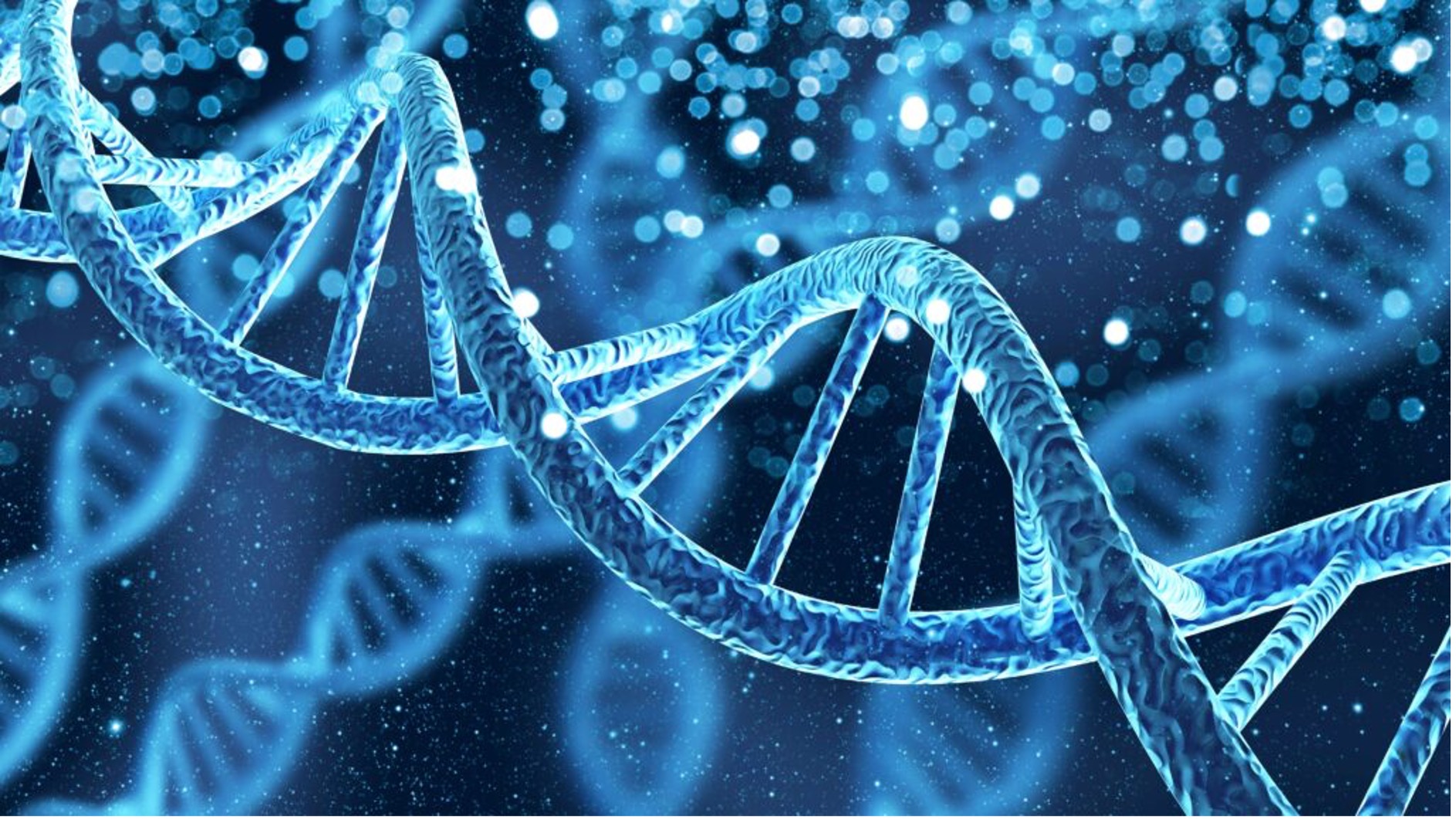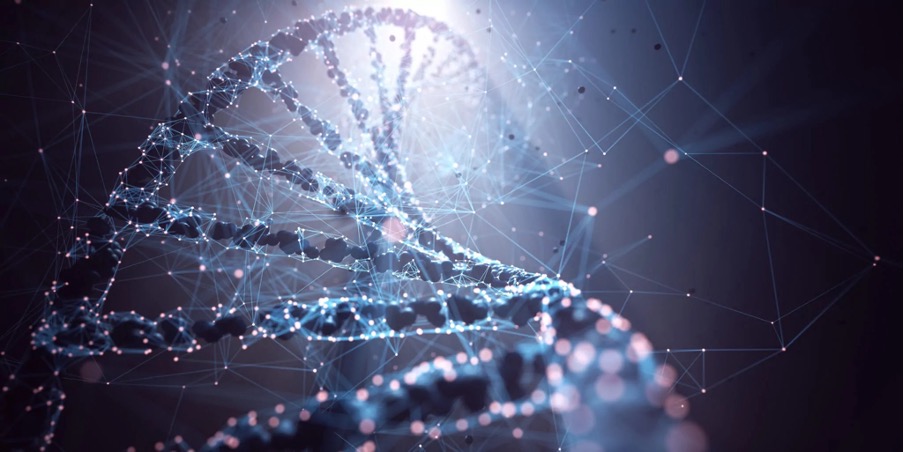Oligonucleotides are used in numerous scientific applications, from biomedical research to drug development. In all of them, for oligonucleotides to be effective, it is essential that they are free of impurities. The purification of oligonucleotides is therefore a critical step in their manufacture. It is what is known as the downstream process within the production process. In the following, we explore the main techniques used for this purpose and their importance in the field of biotechnology and medicine.
Main oligonucleotide purification techniques
1. HPLC (High-Performance Liquid Chromatography)
RP-HPLC (Reversed-Phase HPLC): This technique separates oligonucleotides less than 50 bases in length based on their hydrophobic properties. It is very efficient for purifying both modified and unmodified oligonucleotides. Its high precision (90-95% purity) makes it one of the most widely used techniques for oligonucleotide purification. AEX-HPLC (Anion Exchange HPLC): Uses charge interactions to separate oligonucleotides according to their length and charge. This technique is ideal for high resolution purification of oligonucleotides of different lengths. High-performance liquid chromatography (FPLC) is the most widely used technique as it combines the use of chromatographic columns of various types such as gel filtration, hydrophobic interaction, ion exchange and affinity which are connected to automated equipment equipped with an in-line UV-visible light detector (190-700 nm) with up to three simultaneous wavelengths (e. g. 280/214/254 nm), a conductivity meter (0.001-99.9-9.9 mV), a conductivity meter (0.001-99.9 mV) and a chromatographic column (0.001-99.9 mV).g. 280/214/254 nm), a conductivity meter (0.001-999.9 mS/cm), a gradient mixer and an on-line pH monitor.
2. PAGE (Polyacrylamide Gel Electrophoresis)
PAGE is a technique that offers high resolution separation of oligonucleotides based on their size. It is especially useful when several longer oligonucleotides (more than 50 bases) with sequence differences need to be separated. Although it can be laborious, its accuracy is unmatched (95-99% purity). 
Other Purification Techniques
In addition to the above techniques, there are other methods to purify oligonucleotides, such as size exclusion column (SEC) desalting, which separates molecules based on their size, ultrafiltration and solid phase purification (SPE), which retains oligonucleotides while washing out impurities. Techniques such as cellulose phosphate, which uses charge interactions for separation, are also used. Each technique has its own advantages and is chosen depending on the specific characteristics of the oligonucleotide and the impurities present. Oligonucleotide purification is essential in the development of drugs and therapies in personalised medicine. The accuracy and efficiency of purification techniques determine the quality and functionality of oligonucleotides, directly impacting the ability to develop personalised treatments for complex diseases. With the continuous advancement of biotechnology, the optimisation of these techniques is fundamental to the improvement of global health. Fuentes:Consejos para elegir correctamente la purificación de sondas y oligosBest Oligonucleotide Purification Methods for Your Research | Thermo Fisher Scientific – ESOligo Purification: Reverse Phase Cartridge – RPC Polyacrylamide Gel Purification (PAGE) from Gene LinkImágenes:https://www.advion.com/es/qualitative-analysis-of-oligonucleotides-using-the-advion-interchim-scientific-hplc-uv-ms-system/https://www.waters.com/blog/es/bringing-it-all-together-a-modern-solution-for-oligonucleotide-analysis/

 Español
Español
